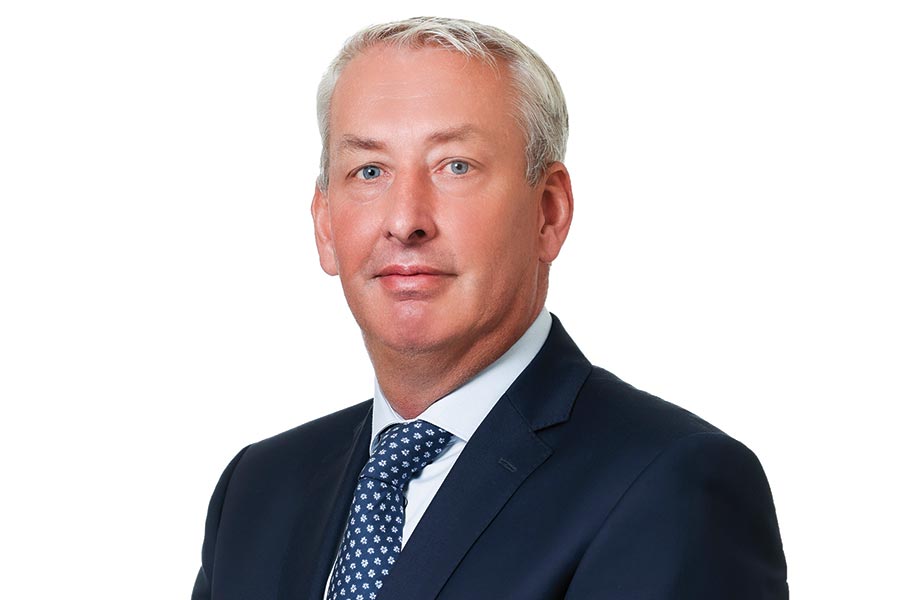After much discussion and delay, a start date for Ireland’s auto-enrolment pension scheme has finally been set, making it the ideal juncture for employers to look at their options
Last month, Heather Humphreys, the social protection minister, signed the commencement order which will see the first enrolments under the auto-enrolment retirement saving system begin on September 30, 2025.
To be named My Future Fund, the new system is “the single most significant reform of the pensions landscape in Ireland since the introduction of the state pension in 1908,” according to minister Humphreys.
“Auto-enrolment has been talked about for 30 years — in 2025 it will become a reality. This is going to mean 800,000 workers will have an occupational pension on top of their state pension,” she said.
“Setting a start date a year from now gives all stakeholders involved, including employees, their employers, payroll developers and providers, time to make the necessary preparations and adjustments to their systems and their processes to facilitate the implementation of auto-enrolment and to budget accordingly.”
The National Automatic Enrolment Retirement Savings Authority (NAERSA) will be established on March 31, 2025, tasked with collecting contributions from the go-live date and investing that money on behalf of employees.
Employers will have to pay employee and employer contributions directly as well as filing a separate return through payroll directly to NAERSA.
Information on how this process will work will be made available to employers closer to the go-live date.
As Zurich Ireland explains in recent guidance, the aim of My Future Fund is to increase active participation of the private sector workforce in supplementary pension provision from a current level of around 35%, as measured by the Central Statistics Office, to the longstated government policy objective of 70% and beyond.
“Overall, auto-enrolment is designed to help employees build a secure financial future with minimal effort on their part, leveraging both employer and government support and tax advantages,” Zurich Ireland says.
“The scheme will mean that all employees not already contributing to an existing employer pension scheme who are aged between 23 and 60 and earning €20,000 or more across all employments will be required to automatically enrol in the new scheme.
“The proposed design envisages matching contributions from employers and employees, with a 33% uplift of the employee contribution from the state in lieu of income tax relief.”
While the proposed scheme is voluntary, the approach is optout rather than opt-in. The initial contribution proposed is 1.5% by both employer and employee and a 0.5% state contribution in year one.
From there, contribution requirements will increase every three years by 1.5% for employer and employee, reaching a total contribution of 14% in year ten, made up of 6% each for employers and employees and 2% from the state.
These contributions will apply to earnings up to €80,000.
At present, private pensions for workers are either part of occupational schemes or Personal Retirement Savings Accounts (PRSAs), both of which are regulated by the Pensions Authority.
“If employers don’t have an occupational scheme in place, they are obliged to provide access to a PRSA to their employees but don’t have to make contributions to it.
“Once auto-enrolment comes in, all employees will have pension coverage, whether it is through My Future Fund, PRSAs or an occupational scheme,” David Malone, head of operations, the Pensions Authority, said.
“Employers should start exploring now what is the best option for them, whether auto-enrolment will work for them or should they do something different, if they don’t already have an occupational pension scheme.
“Layered into that is the responsibility on trustees of occupational pension schemes to manage them to much higher standards and governance now in compliance with the IORP II Directive.
“There are costs associated with running occupational schemes in terms of administration and — now with the requirement to meet higher standards of governance — this is an additional overhead and responsibility for SMEs.
“Moving to a master trust with a much bigger, centralised operation meeting all of those governance and management requirements might be more appealing, while those with fewer than 10 staff might prefer to go the individual route with PRSAs.”
In his statement on the publication of the Pensions Authority’s annual report on September 30, Brendan Kennedy, pensions regulator, said that the number of new PRSA contracts has increased in recent years and this increase was likely to be maintained.

“The investment choices offered by some providers carry considerably higher risk than is typical for most pensions.
“It’s important that contributors to such contracts are aware of the risks and are making informed decisions.
“The recently launched consultation on the PRSA code of conduct is intended to help address this matter,” Kennedy said.











